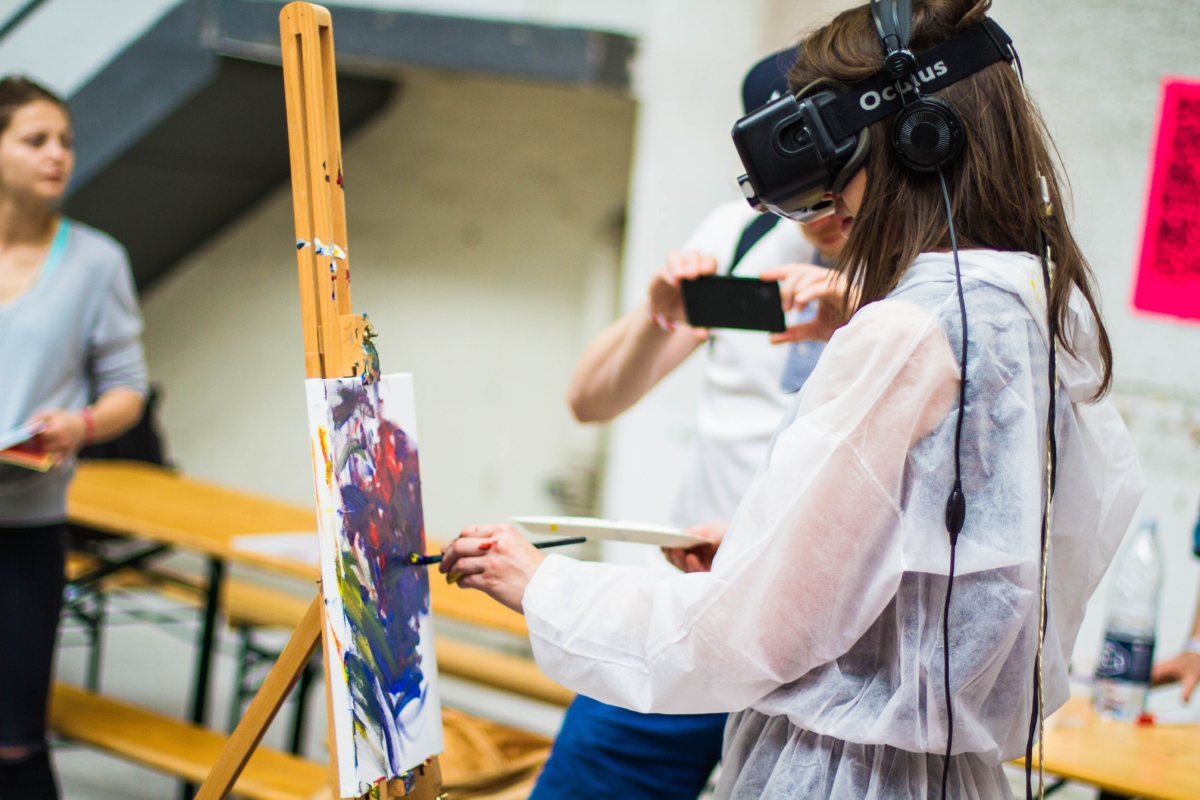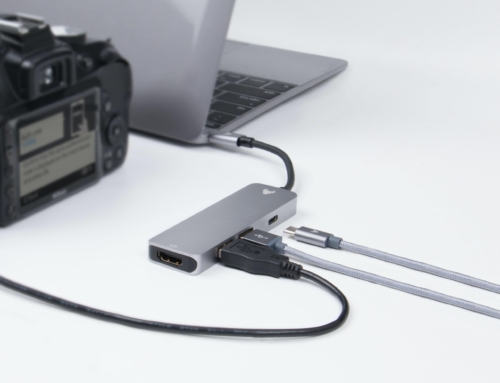“Putting more technology in the classroom has the potential to boost learning outcomes, create genuine curiosity in students, and make learning fun.”
Technology in the Classroom Needs An Update
The old adage, “If it ain ‘t broke, don ‘t fix it” was first coined by Bert Lance, who served as Director of the Office of Management and Budget under President Jimmy Carter in 1977. Before getting caught up in a financial scandal, Lance promoted this phrase as the new slogan for government spending under the Carter administration. As Lance explained, “That’s the trouble with government: Fixing things that aren’t broken and not fixing things that are broken.” Despite spending less than a year in this position, Lance ‘s catchy new phrase spread throughout various aspects of our government and society. Today, it seems to be a guiding philosophy for spending on schools and technology in the classroom.
Sure, the principle of saving money and spending only when needed does make sense in certain contexts. However, it is essentially the antithesis of change and innovation—two things we desperately need in today ‘s school system. Waiting for roads to break down before they repair them, worn-out school buildings to crumble before we remodel them, and old books to fall apart before we replace them are not competitive strategies.
Adopting an “If it ain ‘t broke, don ‘t fix it” mentality for our educational system leaves us light years behind other nations. Smaller countries like Singapore, which was an impoverished nation 50 years ago, are implementing educational technologies in the classroom and are seeing huge dividends on their investment. According to the most recent PISA test results, which compare 70 nations in math, science, and reading scores, Singapore comes in at first place. U.S. students, on the other hand, come in at a disappointing 31st place.
5 Reasons For More Technology in the Classroom
#1: Promote Active Learning Vs Passive Learning
Books remain an incredibly effective way to learn, but that doesn’t mean we have to stop there. Modern technology facilitates visual learning through videos, auditory learning through audio books, tactile learning through tablets and smartphones, and reading/writing skills through computers and e-readers (when was the last time you put a paper to pen?). Instead of viewing technology as a threat to structured class-time, teachers can implement it in a way that keeps learners fully engaged and immersed in the lesson.
#2: Advancements in Learning
It ‘s easy to assume that the modern American is too glued to their devices to learn anything valuable. We ‘ve heard dismal news reports about Americans being addicted to social media and bookstores dying all over the country. But, did you know that Americans consume an average of 12 books per year? This statistic is quite surprising, but it comes with a catch: it includes e-books and audio books.
In the traditional sense, book reading is indeed dying, but reading, in general, is higher than ever. Today, the average American adult consumes five times more information each day than they did 50 years ago. This is attributed to the incredible amount of information available and the number of devices we use to consume it. Therefore, we shouldn’t categorize the use of electronic devices as purely leisure and reading physical books as “real” learning. Instead, we should open our minds and realize that the way in which we learn is changing, but that learning is here to stay.
#3: Flexible Learning at Home
Educational researchers have long debated the effectiveness of homework. Some experts say that homework can help improve test scores and performance, while others argue that it makes learners feel overwhelmed and stressed, which negatively affects performance. Rather than asking ourselves whether or not homework should stay, maybe we should consider revamping the concept completely.
As educators, our goal isn’t to keep learning trapped inside the classroom but instead to encourage curiosity. We promote self-driven learning at home and everywhere a student goes. In antiquated learning models, learning outside the classroom (homework) takes the form of research papers, written assignments, mandatory book readings, and other “pleasantries.” But, this desperately needs to change.
Newer learning models of Blended Learning, encourage students to explore new topics via their favorite devices and learn outside of the classroom. This can take the form of online courses or other multi-media resources. It also shows students that learning takes place 24/7 and not just before the bell rings.
#4: Tech Skills For Future Success
We often stress the severity of the tech skills gap our country and planet is currently facing. But, it ‘s not just our future that ‘s dependent on technology—it ‘s our present. Approximately 700,000 IT jobs are open in the United States and the supply of qualified talent is lagging behind. This, of course, has a huge impact on leading tech companies who need the best and brightest to continue innovating and reaching new heights. For this reason, we need to raise up the next generation of learners with the skills they need to use technology and the knowledge to understand it.
#5 Raising Digital Citizens
Children are being exposed to technology at an increasingly early age without guidance on how to use it properly or how to engage with others online. Toxic behaviors develop and cyber bullying occurs when users aren’t properly educated on the permanent, real-world effects that their words and actions can actually have. By introducing technology in the classroom early on, we can teach children the value of digital citizenship and why the golden rule extends even to the digital world.
Conclusion
Maybe Bert Lance was right after all. Education is “broke” and therefore, it needs fixing. This is evidenced by the growing skills gap and the United States ‘ race to the bottom in PISA scores. Putting more technology in the classroom has the potential to boost learning outcomes, create genuine curiosity in students, and make learning fun. Exposing young learners to technology in the classroom also equips them to succeed at the economic level and live harmoniously with other digital citizens.
At Woz U, we don ‘t promote technology for the sake of technology itself. Using technology in the classroom can improve learning outcomes in a variety of subjects while imparting the tech skills that today ‘s learners need to succeed. This not only impacts their future but also the present, which is already so saturated with information. At the macro level, we ‘re focused on helping our nation, our economy and tech companies stay competitive on the world’s stage. At the personal level, we ‘re providing young learners with the skills they need to secure a fulfilling and well-paying job in tech.





